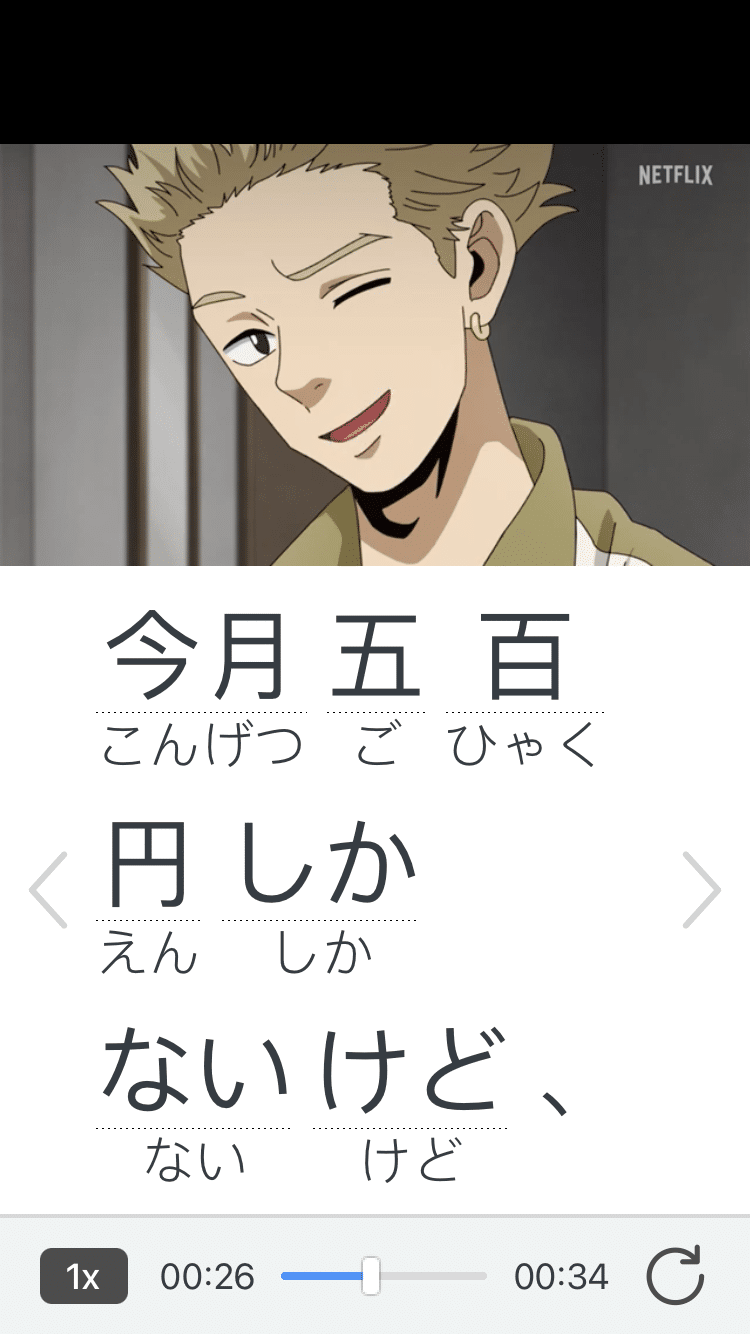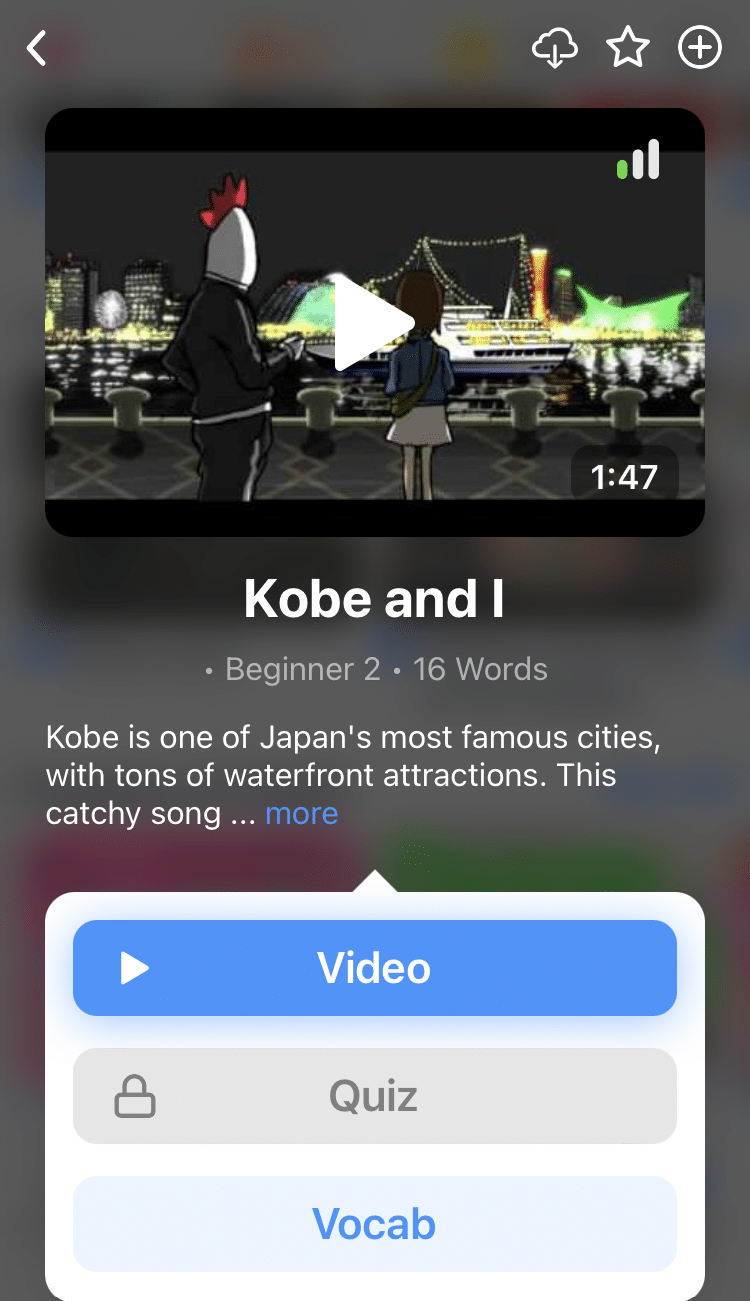
Common Japanese Conjunctions: Proper Use and Mistakes to Avoid
The Japanese language has a lot of conjunction words! Luckily, the meanings tend to be similar to the English versions.
However, the way you use them can vary a bit thanks to the different sentence order and construction of the Japanese language.
In this post, we’ll be looking at some basic Japanese conjunctions used in everyday situations.
We’ve provided plenty of examples for each conjunction, as well as some common mistakes to avoid.
Contents
- と (to), や (ya) — and
- 〜 くて (-kute), 〜 で (-de) — and
- が (ga), でも (demo) — but
- か (ka) — or
- から (kara) — because, so
- A Few More Common Japanese Conjunctions to Learn
- And One More Thing...
Download: This blog post is available as a convenient and portable PDF that you can take anywhere. Click here to get a copy. (Download)
と (to), や (ya) — and
Use these words as you would use “and” in English, to connect two or more nouns.
You might have noticed that there are two of these words, と and や.
The wordと is used for complete lists:
えんぴつとノートを買いました。
(えんぴつ と のおとをかいました。)
I bought a pencil and a notebook. [I bought nothing more.]
On the other hand, や is used for incomplete lists:
えんぴつやノートを買いました。
(えんぴつ や のおとをかいました。)
I bought a pencil and a notebook. [I bought more but I didn’t mention the rest.]
Here are two more examples:
僕は英語とドイツ語と日本語が上手です。
(ぼくは えいご と どいつご と にほんご が じょうずです。)
I’m good at English, German and Japanese languages.
スイーツなら、チョコレートやパフェが好きです。
(すいーつ なら、ちょこれえと や ぱふぇ が すきです。)
When it comes to sweets, I like chocolate and parfait. [But I also like other sweets.]
There are a few mistakes to be aware of and avoid when using と and や. You can’t mix up a complete list and an incomplete one into the same list:
- Wrong: タバコとビールやピーナッツをください。
(たばこ と びいる や ぴいなっつ をください。)
I’d like some cigarettes, beer and peanuts please. - Right: タバコとビールとピーナッツをください。
(たばこ と びいる と ぴいなっつをください。)
I’d like some cigarettes, beer and peanuts please.
Also, don’t use や if you mentioned everyone or everything in the list:
- Wrong: バスには、僕やタケルしかいませんでした。
(ばすには、ぼく や たける しか いませんでした。)
There was no one but me and Takeru on the bus. - Right: バスには、僕とタケルしかいませんでした。
(ばすには、ぼく と たける しか いませんでした。)
There was no one but me and Takeru on the bus.
〜 くて (-kute), 〜 で (-de) — and
In English, we simply connect adjectives together by using “and.” In Japanese, however, connecting adjectives requires a special adjective ending.
To keep things simple, we’ll avoid an in-depth explanation of the grammatical construction. Instead, let’s check out the easiest way to connect two adjectives or adjectival nouns.
To connect regular adjectives (ones that end in 〜い), slice off that last syllable and smash 〜くて in its place:
美味しい (おいしい) — Tasty
美味しくて (おいしくて) — Tasty (and)
凄い (すごい) — Amazing
凄くて (すごくて) — Amazing (and)
For adjectival nouns (ones that end in 〜だ or 〜な, depending on their position in a sentence), remove the ending and place a 〜で in its place:
綺麗だ / 綺麗な (きれいだ/きれいな) — Beautiful
綺麗で (きれいで) — Beautiful (and)
簡単だ / 簡単な (かんたんだ/かんたんな) — Simple
簡単で (かんたんで) — Simple (and)
Now that we know how to make this conjunctive construction, let’s have a look at some examples of using them properly.
彼女の髪は長くて黒いです。
(かのじょ の かみ は ながくて くろいです。)
Her hair is long and dark.
あの映画は強烈で、猛烈で、壮絶でした。
(あの えいが は きょうれつで、もうれつで、そうぜつでした。)
That movie was intense, violent and grand.
It’s very important to remember the correct use of adjectives in Japanese, and that if you simply put adjectives next to each other, they end up describing the adjective to their right until they reach the noun. In other words, they describe each other instead of the noun!
The following isn’t wrong if that’s what you really meant to say (what is “beautifully smart,” anyway?). But if you wanted to say “beautiful and smart,” you want to use the “right” version.
- Wrong: 彩香さんは綺麗な賢いです。
(あやかさん は きれいな かしこいです。)
Ayaka is beautifully smart. - Right: 彩香さんは綺麗で賢いです。
(あやかさん は きれいで かしこいです。)
Ayaka is beautiful and smart.
Another important note: Don’t try to connect adjectives with と or や because you’ll end up making a list. And you don’t go grocery shopping with adjectives, right?
が (ga), でも (demo) — but
This one is fairly easy to understand and use. It means “but,” and it’s used almost exactly like “but” in English.
The first example below is my all-time favorite textbook example. Literally: It’s actually from the best Japanese textbook (in my humble opinion).
父は亡くなりましたが、母は元気です。
(ちち は なくなりましたが、はは は げんきです。)
My father died but my mother is great.
このお土産は面白い。でも高いです。
(この おみやげ は おもしろい。でも たかいです。)
This souvenir is interesting. But it’s expensive.
日本へ旅行したいが、お金がありません。
(にほん へ りょこうしたいが、おかねが ありません。)
I want to travel to Japan but I don’t have money.
One thing to remember is that でも is usually used at the beginning of a sentence while が can’t start a sentence. If you really want to put が at the beginning of a sentence, you’ll have to add だ and turn it into a だが.
か (ka) — or
This one is also quite simple. It’s the same as “or” in English. Unlike its English counterpart, you put it twice in a sentence: between the choices and afterward.
Here are some examples:
君の鉛筆はこれですか、それですか?
(きみ の えんぴつ は これですか、それですか?)
Your pencil is this one or that one?
僕はみかんを三つ持っているか、二つ持っているか?
(ぼくは みかんをみっつ もっているか、ふたつ もっているか?)
Do I have three mandarins or two mandarins?
As you’ve probably already noticed, this conjunction usually appears only in questions.
から (kara) — because, so
This conjunction means “because,” but it’s closer in meaning to “so.”
In English, you’d say:
“I am late because the train was delayed.”
In Japanese, though, you place the reason before the outcome:
“The train was delayed, so I was late.”
Here are some examples so you can see what I mean:
昨日は忙しかったから、連絡できませんでした。
(きのう は いそがしかった から、れんらくできませんでした。)
I couldn’t contact you yesterday because I was busy.
高いから買いません。
(たかい から かいません。)
I won’t buy it because it’s expensive.
彼女が好きだから、照れています。
(かのじょ が すきだから、てれています。)
I’m shy because I like her.
Only one common mistake should worry you: In certain cases, this conjunction requires だ before から!
Add だ at the beginning of a sentence, after adjectival nouns, after nouns and after adverbial nouns. However, you don’t need だ before から if there’s a verb or a normal adjective before the conjunction:
- Wrong: りんごが嫌いから食べません。
(りんご が きらい から たべません。)
I don’t like apples so I don’t eat them. - Right: りんごが嫌いだから食べません。
(りんご が きらい だから たべません。)
I don’t like apples so I don’t eat them.
If all of this seems like a lot to remember, you can get a better sense of the correct use of conjunctions and the nuanced difference between them by seeing them in use. Look for examples in conjunctions in the Japanese media and text that you consume.
Better yet, harness the power of a learning program that’s made specifically with authentic learning in mind. The FluentU program, for instance, lets you see conjunctions (along with many other words and grammar concepts) in the natural context of short video clips.
FluentU takes authentic videos—like music videos, movie trailers, news and inspiring talks—and turns them into personalized language learning lessons.
You can try FluentU for free for 2 weeks. Check out the website or download the iOS app or Android app.
P.S. Click here to take advantage of our current sale! (Expires at the end of this month.)

The best way to learn a new concepts it by seeing it in use, so keep an eye out for connecting “in the wild”!
A Few More Common Japanese Conjunctions to Learn
も (mo) — too, as well
This one can’t be used at the beginning of a sentence (which is also true of English, if you think about it).
私も行きます!
(わたし も いきます!)
I’ll go too!
し (shi) — and
Use this one to list multiple things, like when you’re stringing together a list of excuses for not wanting to go out with someone:
私は 疲れたし、忙しいし、ちょっと。。。
(わたしは つかれたし、いそがしいし、ちょっと。。。)
I am tired and busy and it’s not a good time (literally: it’s a little…).
そして (soshite) — thus, and then
そして、2杯牛乳を足してください。
(そして、にはい ぎゅうにゅうをたしてください。)
And then add two cups of milk please.
しかし (shikashi) — however
This conjunction usually appears at the beginning of a sentence and refers back to the previous statement. It can also come after a comma to connect two separate sentences.
しかし、誰もいませんでした。
(しかし、だれも いませんでした。)
However, no one was around.
それから (sorekara) — afterward
それから、前に続いてください。
(それから、まえ に つづいてください。)
Afterward, proceed forward please.
You now have your very own Japanese linguistic monocle: conjunctions.
Go on now and form some more complex, natural-sounding sentences. How marvelous!
Download: This blog post is available as a convenient and portable PDF that you can take anywhere. Click here to get a copy. (Download)
And One More Thing...
If you love learning Japanese with authentic materials, then I should also tell you more about FluentU.
FluentU naturally and gradually eases you into learning Japanese language and culture. You'll learn real Japanese as it's spoken in real life.
FluentU has a broad range of contemporary videos as you'll see below:

FluentU makes these native Japanese videos approachable through interactive transcripts. Tap on any word to look it up instantly.

All definitions have multiple examples, and they're written for Japanese learners like you. Tap to add words you'd like to review to a vocab list.

And FluentU has a learn mode which turns every video into a language learning lesson. You can always swipe left or right to see more examples.

The best part? FluentU keeps track of your vocabulary, and gives you extra practice with difficult words. It'll even remind you when it’s time to review what you’ve learned. You'll have a 100% personalized experience.
Start using the FluentU website on your computer or tablet or, better yet, download the FluentU app from the iTunes or Google Play store. Click here to take advantage of our current sale! (Expires at the end of this month.)


